Phyllida Barlow: dock at Tate Britain
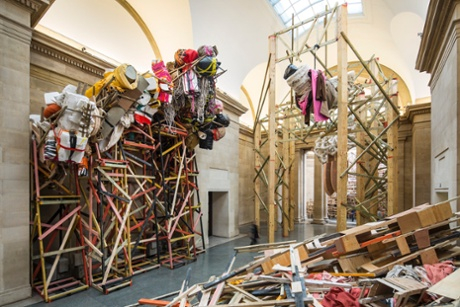
Phyllida Barlow’s latest series of sculptures, entitled dock, was yesterday unveiled to the public at the Tate Britain. This work was created by the established artist for the Tate Britain Commission, an annual initiative that invites artists to respond to the “collection of British and international art and to the grand spaces of the Duveen Galleries at the heart of Tate Britain”.
Barlow, whose definitive style of sculpting involves using inexpensive and everyday materials on a large scale, continues in this vain for this work. The eight pieces are constructed using mostly cardboard, plywood and canvas, are difficult to distinguish from one another, and almost merge into one.
In this way, each piece acts as an inextricable part of a whole – that is, part of the dock environment of the river Thames by which the gallery sits. “I wanted to explore two contradictory aspects” explains Barlow, “the enclosed gallery interiors against the ever-present aspect of the river beyond.”
In viewing the work, one certainly gets this sense as in dock: 5 hung blocks, a piece consisting of a ceiling-height frame of plywood from which huge cardboard blocks are suspended, taking up space obtrusively. Yet moving on to dock:hungprongsplastercoils, made of a similar frame, one is inundated with space enough to move around and observe two hanging giant, anchor-like forms from below.
Indeed, “visitors are encouraged to negotiate their own path through the work, looking up, down, across and around a network of components that hang from the wooden structures or rest on the floor”, making for an unusually interactive experience. One feels in awe and a little wary of the industrial size and sense of one’s surroundings, while being aware of the reality of its flimsiness. It is a little surreal as well as fantastic.
Kate Knowles
Phyllida Barlow: dock is at Tate Britain until 29th October 2014. For further information or to book visit the gallery’s website here.



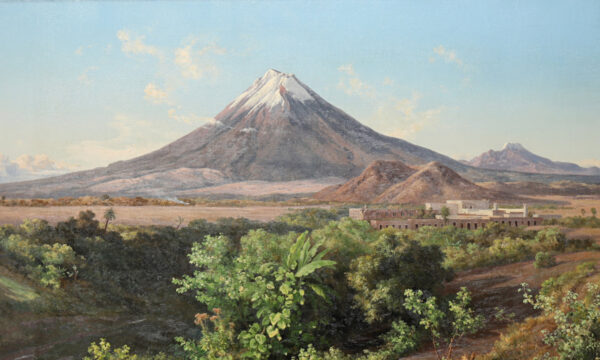
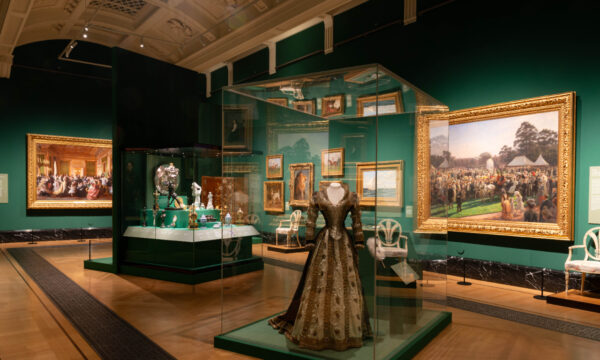

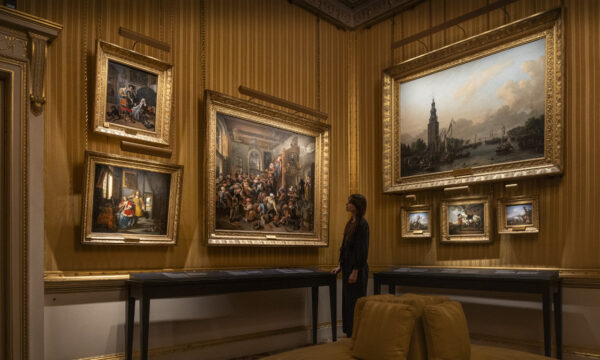
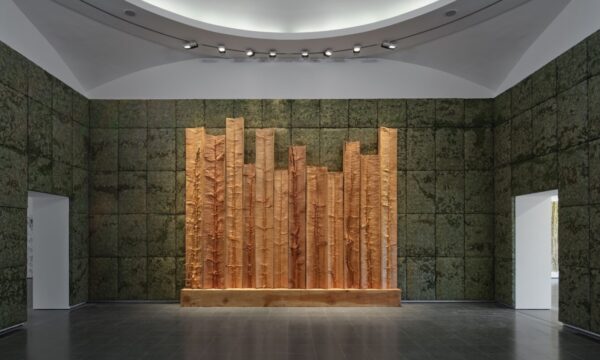


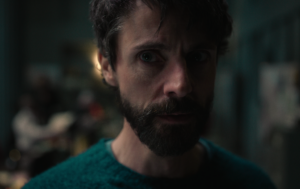
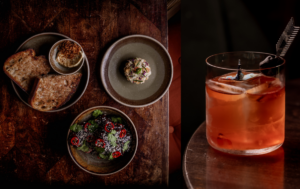












Facebook
Twitter
Instagram
YouTube
RSS